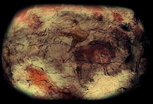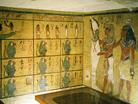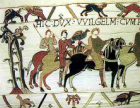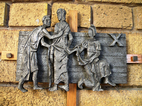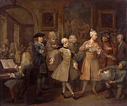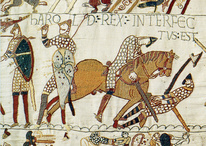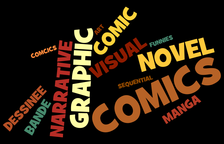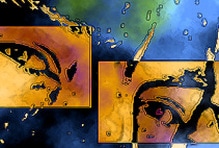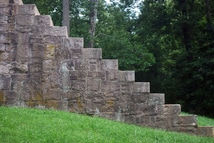HISTORICAL TRADITION
When we think about comics and graphic novels, we should think about them in the broader context of visual narrative. Visual narrative is telling a story in whole or in part using visual images, like illustrations or photographs. If we think about comics and graphic novels in this way, we can more easily recognize them as the product of a tradition that extends much further back than the tradition of writing.
Take a look at the following examples of visual narrative that significantly predate the rise of newspaper comics and graphic stories in the early part of the twentieth century.
Take a look at the following examples of visual narrative that significantly predate the rise of newspaper comics and graphic stories in the early part of the twentieth century.
